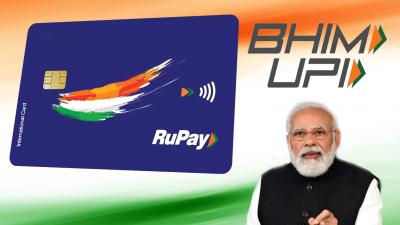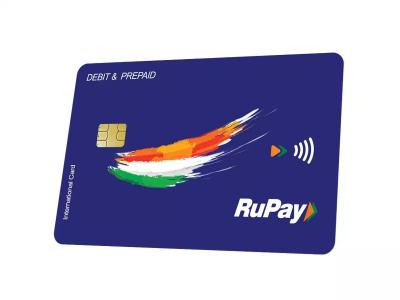Mastercard and Visa cut off Russian banks from their networks
By Benson | Published: March 7, 2022 04:52 PM2022-03-07T16:52:18+5:302022-03-07T16:52:18+5:30

Visa and Mastercard are the latest Western companies to cut off or curtail their business activities in Russia after their invasion of Ukraine.

The two payment network giants said on Monday they had blocked multiple Russian financial institutions from their network, complying with government sanctions imposed over Moscow's invasion of Ukraine.

It meant that many Russians awoke on Tuesday unable to use some of their credit or debit cards, confirming fears that had led to huge bank runs over the weekend as everyday Russians rushed to withdraw cash.

Some Moscow residents waited for hours, only to find that automatic tellers were empty or carried only rubles, which hit a record low on international exchanges on Monday before recovering slightly.

Russian assets continued their freefall on Tuesday with the Ishares MSCI Russia ETF dropping 50 percent in the past week and Russia's biggest lender, Sberbank, plunging 85 percent since the invasion as investors raced for the exit.

\Russia said on Tuesday it was placing temporary curbs on foreigners seeking to exit Russian assets, attempting to put the brakes on an accelerating investor exodus.

However, Russia's digital payments UPI and Make in India RuPay will now help Russia in this crisis. In December 2021, Russian President Vladimir Putin signed a landmark agreement. Also agree on a number of issues

In it, both the countries expressed their readiness to recognize Rupee and Mir cards with national payment infrastructure. As part of this, discussions were initiated between Bank of Russia and UPI for fast payment interaction. As a result, India's rupee and U.S.

UPI is a fully indigenous digital payment interface. It is so simple and secure that even the US Central Bank Federal Reserve (Fed) has praised it. Google also demanded that UPI be implemented in the United States or that similar technologies be developed.

Neighboring Nepal has recently adopted UPI. In India, all digital payment apps like Google Pay, Amazon Pay, Paytm, BHIM, BharatPe, PhonePe are based on UPI interface.

Similarly, the domestic card network Rupay has also grown rapidly in the last few years. According to RBI data, in 2020 alone, RuPay's share in the Indian card market was over 60 per cent, while in 2017 it was only 15 per cent.

In the card network, giants like Visa and MasterCard have a combined market share of less than 40 per cent in the Indian market. However, Visa and MasterCard are still ahead of the rupee in terms of payments and transactions.























